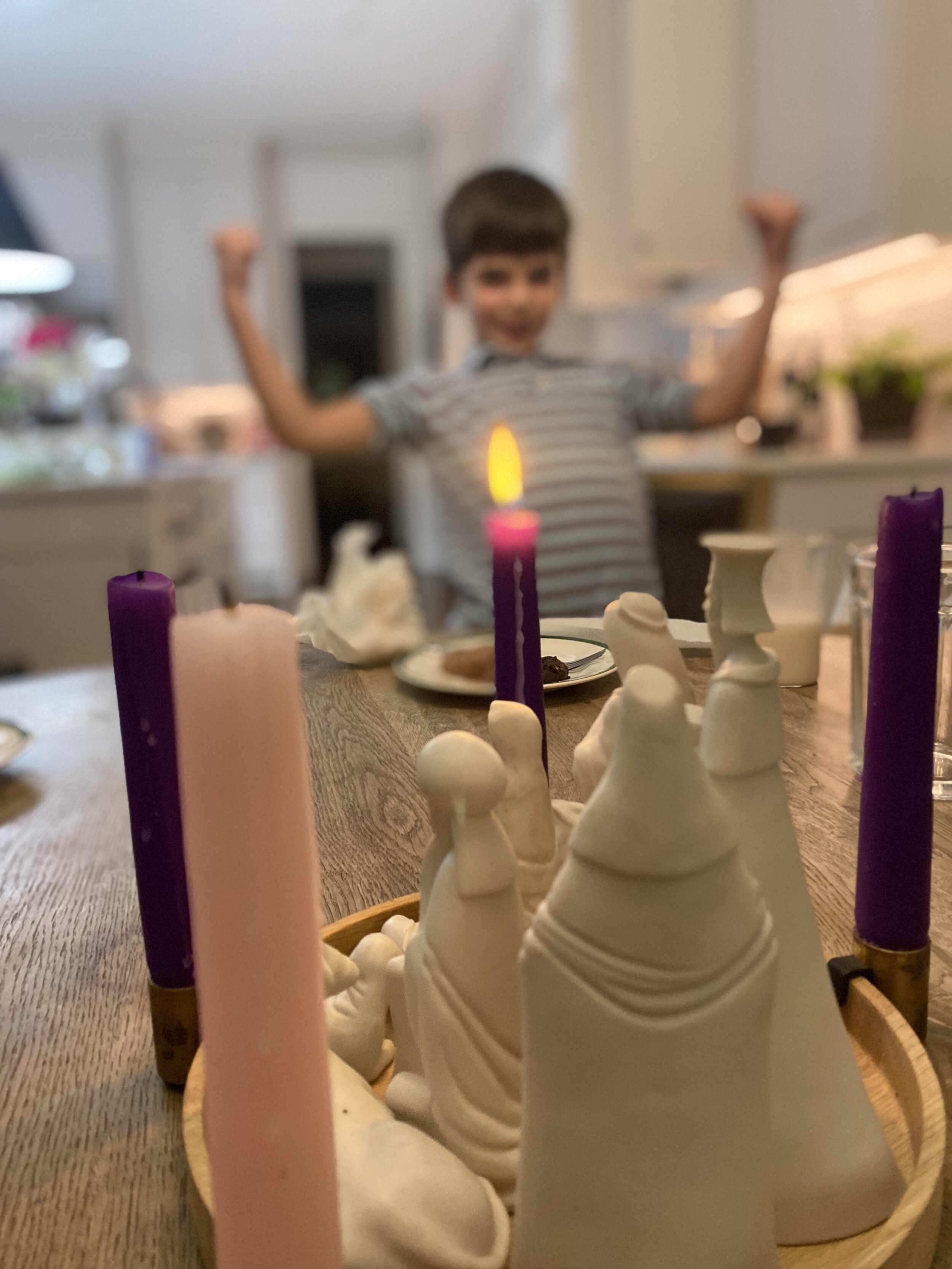
Between the Advents
We often forget that four hundred long, tumultuous years are compressed into the single page that bifurcates our holy scriptures into an old and new testament. Within the infinity of that blank page, God’s people waited and waited and waited in the deafening silence and weighty absence of prophetic words or divine appearances. I can only imagine how their once-helpful hope became heavy and burdensome, rather than buoying, as their faith faded in the long-expected Messiah.

Life in the After
I like the word straining. It implies that looking ahead is not easy; it takes effort. We usually think of strain in relation to pain. And maybe that is what Paul is implying: looking ahead is hard, requiring effort and maybe discomfort. But we must strain forward to what lies ahead, though it may feel better to look back.

Where You’re Planted
I’ve long felt intimidated by the vast catalog of contemplative disciplines, viewing them as something else I’m supposed to do, follow in a particular order, using precise language, while journaling, as the sun rises, before checking my phone. What I’m finding my soul desperate for these days, though, is silence. Sometimes the most helpful something is a sacred nothing.

Waiting for the Second Advent
How could we, the fair-weather receivers of His gospel ever hope to emulate this commanding voice in the wilderness? How could we the broken parents, the disobedient children, the unwise and unrighteous ever wholeheartedly proclaim, “prepare ye the way of the Lord”? Well, we can because He already has.

Redefining Waiting
Romans 5:3 teaches us that suffering leads us to perseverance and to character and, ultimately, to hope, which will never shame us and will never disappoint us. There is a promise and a purpose in the painful process of waiting, which means we can learn to wait well.
